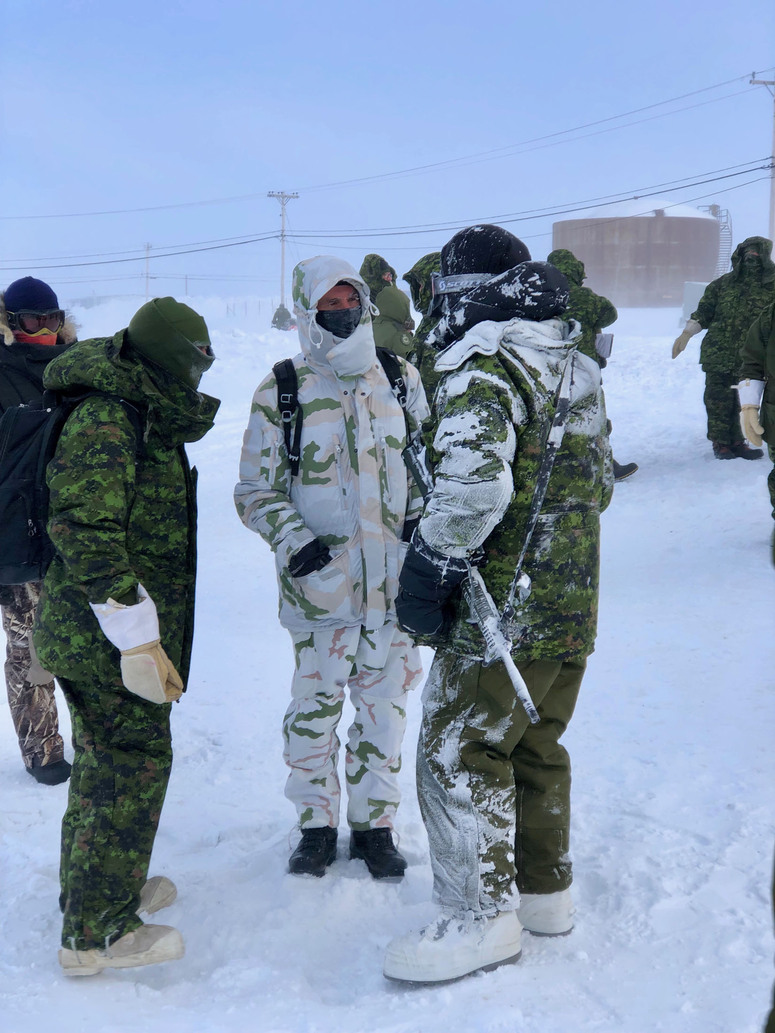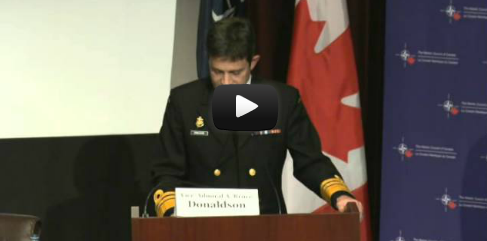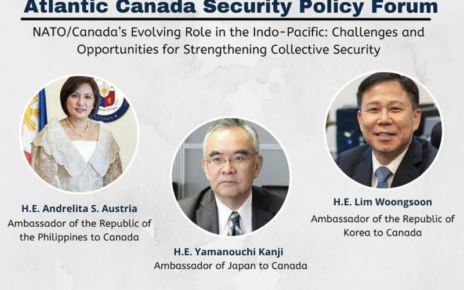Keeping the True North strong and free is no easy task. Part of this duty is undertaken by the Canadian Armed Forces (CAF), who must become experts in guarding our Northern nation all the way into the Arctic circle. The CAF maintains a permanent presence in the Arctic through facilities like the Canadian Forces Station Alert and the brave work of the Joint Task Force North and Canadian Rangers. The CAF works with local organizations, research teams and international allies to enhance its capabilities. Developing Arctic survival skills requires consistent practice; even the most ordinary tasks – like driving or taking off gloves to fix a piece of equipment – can become lethal due to the harsh climate. As such, Canada frequently holds exercises to ensure that its forces remain vigilant and well-equipped. This article explores one of the many exercises the CAF undertakes: Operation Nanook-Nunalivut, which took place in Nunavut and the Northwest Territories between 17 March and 1 April.
Between 2007 and 2018, the CAF participated in various exercises in the North, including Nunalivut, Nunakput and Nanook. Recently, they were all combined under Operation Nanook, which has become an umbrella operation that consists of year-round exercises across the country. Nanook-Nunalivut is a sub-operation focused on research & development and land exercises with global partners.
This year, Operation Nanook-Nunalivut brought together over 500 personnel from Canada and numerous NATO countries and partners, including France, Norway, Finland and Sweden. Participants tested and improved Arctic military skills like navigation, ice diving, search and rescue, air operations support and injury treatment. They were assisted by the 1st Canadian Ranger Patrol Group, who call the Canadian Arctic home. The operation also had a research component, supported by NATO’s Science for Peace and Security programme. Experts from various scientific groups like Defence Research & Development Canada and the International Cooperative Engagement Program for Polar Research tested new equipment (e.g. cold weather gear, shelter systems) and gathered information on the impact of global warming. One of the interesting innovations tested during the operation was SmartQAMUTIK, a system that allows snowmobiles to measure sea ice thickness. In addition to expanding their military and scientific knowledge, Canada and its NATO allies engaged with community groups. They worked with federal agencies like Polar Knowledge Canada, Inuit organizations like the Qikiqtani Inuit Association, indigenous and provincial governments, and local schools. Military personnel had the opportunity to answer students’ questions and introduce them to some Arctic drills and equipment. Overall, the operation demonstrated the benefits of having a holistic and multilateral approach to northern defence.
Canada is an Arctic nation that is committed to protecting its sovereignty and its people. Canada’s Arctic region comprises 40% of its territory and houses over 100,000 people. Thus, Canada must be cognizant and responsive to political and environmental changes that affect the Arctic. For instance, technological advancements combined with global warming induced reductions in sea ice have made the Arctic more accessible. Governments and corporations alike are eager to exploit the Arctic’s lucrative resources along with its tourism and research potential. Russia and China have been particularly assertive about their Arctic intentions. Russia has significantly increased its military presence in the region by re-opening and modernizing many of its remote military bases, building new deep water ports and adding to its fleet of over 40 icebreaker ships (the US has 2 operational icebreakers, while Canada has fewer than 20). NATO has marked this recent buildup as an important concern. In addition, the state-owned oil giant Rosneft has declared that it plans to develop newly accessible oil and gas fields and there have been talks about establishing a North Sea Route to decrease the shipping distance between Europe and the Far East. Russia already derives around 20% of its GDP from resources and transportation fees in the Arctic. Beijing and Moscow have combined their efforts in their mission to revive great power politics: they have increased military, economic and political cooperation, including joint exercises in Siberia. China has also set its sights on the Arctic, describing itself as a “near-Arctic” nation and an “important stakeholder”. In 2009, the economic superpower established the Polar Research Institute of China; in 2013, Beijing successfully petitioned for an observer seat in the Arctic Council, which brings together nations that have territory above the Arctic circle and indigenous groups in the area. Additionally, there have been reports that China is building a nuclear powered icebreaker and exploring investment options up north.
The far North is a defining part of Canadian identity, history and culture. As the strategic value of the Arctic increases, Canada must work more closely with NATO allies to realize its vision of an Arctic that is a “stable, rules-based region with clearly defined boundaries, dynamic economic growth and trade, vibrant Northern communities, and healthy and productive ecosystems.” A recent report by the Standing Committee on Foreign Affairs and International Development suggests that Canada should work with fellow NATO nations to understand China and Russia’s Arctic interests and respond proportionally. Operation Nanook-Nunalivut is just one-way Canada is working towards facilitating such cooperation and ensuring that the North stays strong and free.
Featured Image: Nanook Nunalivut. Via NATO.int
Disclaimer: Any views or opinions expressed in articles are solely those of the authors and do not necessarily represent the views of the NATO Association of Canada.



